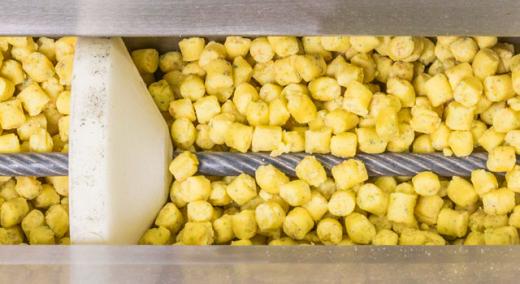Food processors have long sought a safer, more energy-efficient means to convey product with less spillage, breakage, or downtime due to necessary cleaning and maintenance. Although tubular drag conveyors have offered these desired attributes compared to belt, bucket, or pneumatic systems, many in the industry selected the traditional options to move higher volumes or larger-sized products.
|
ADVERTISEMENT |
Now, however, 8-in.-diameter tubular drag conveyors have become widely available and can almost double the volumes of smaller 6-in. units. This provides comparable volumes and pricing to conventional industrial systems and enables transport of much larger product sizes than previously possible.
|
|
…


Add new comment